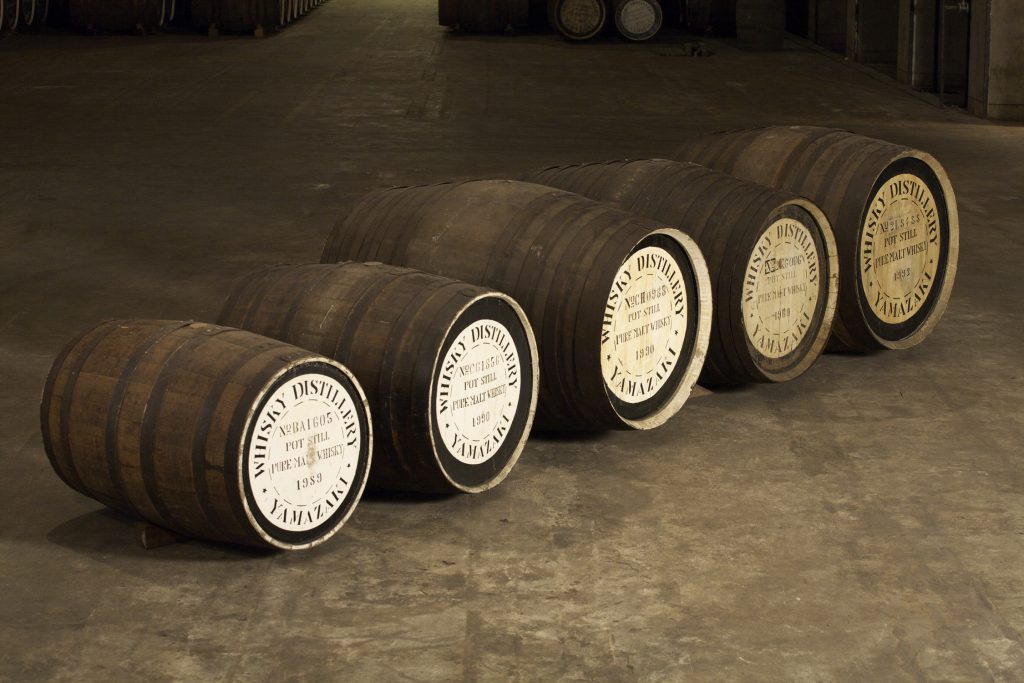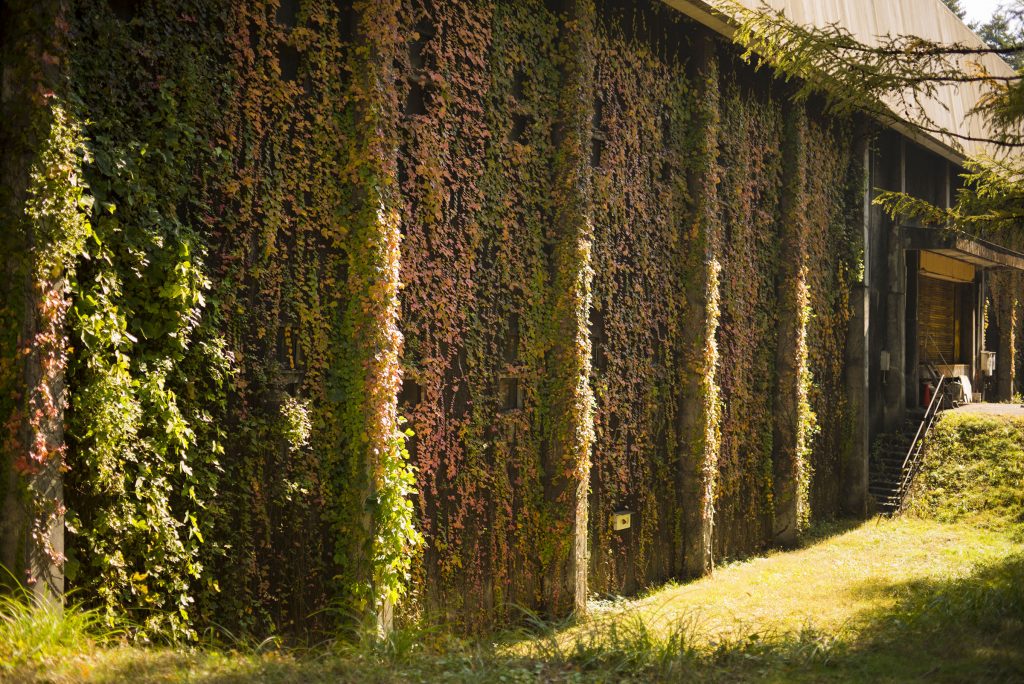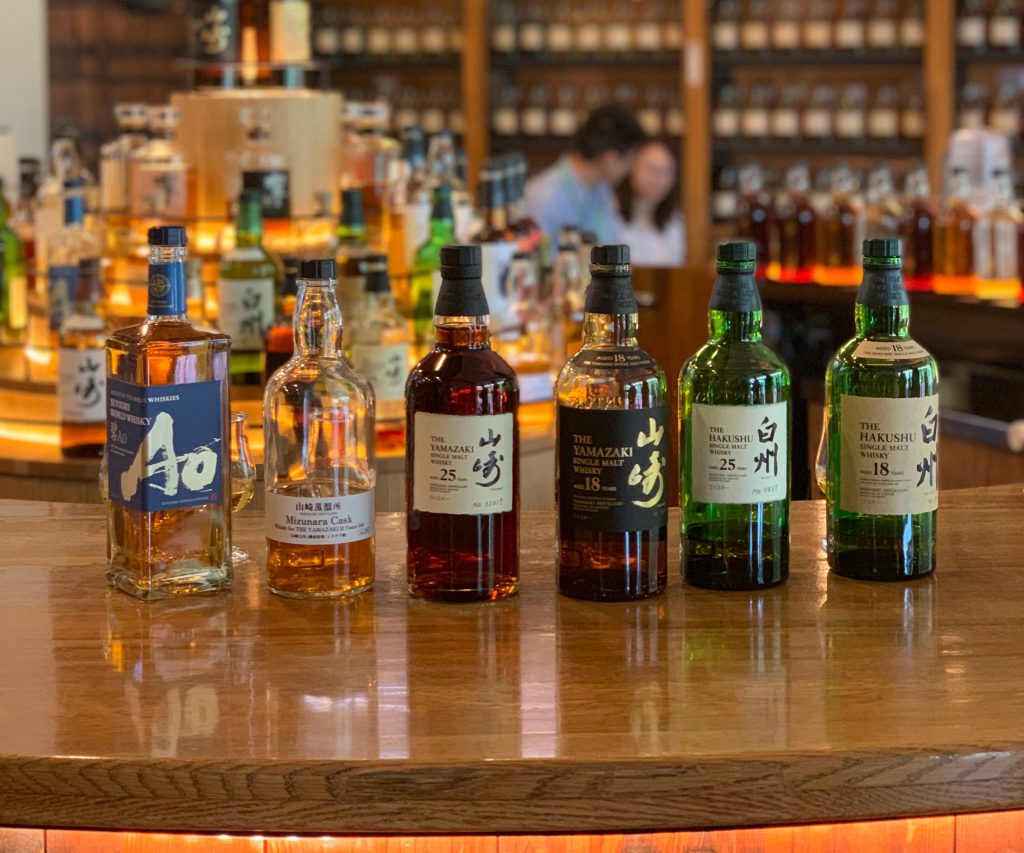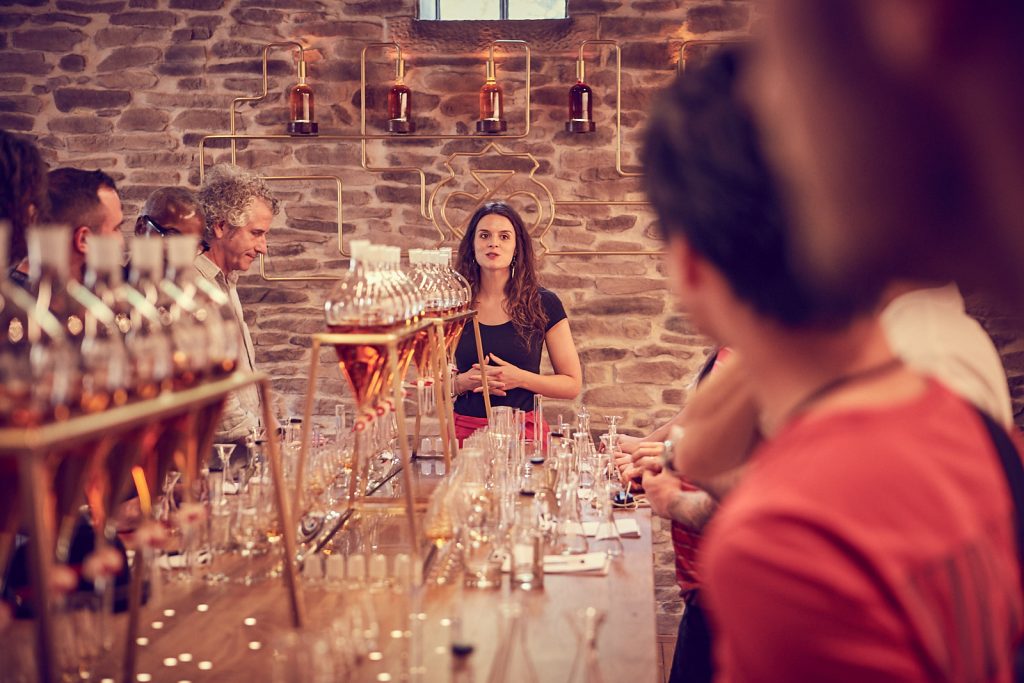From Yamazaki to Hakushu: Exploring Suntory’s Single Malt Distilleries
Witnessing the nature that envelops the birthplaces of Japanese’s prestigious whiskies

Trekking the Kentucky Bourbon Trail or carving along the Highlands of Scotland on a scotch whisky tour, expert and novice travelers observe that distilleries differentiate themselves through water, wood and their particular method in bringing it all together. Thousands of miles from those well-traveled routes, and separated by a four-and-a-half hour drive through the Japanese countryside, Suntory‘s Hakushu and Yamazaki distilleries do much the same. Only, they’re nestled within dramatic natural beauty one will only find on the island nation. And, in the way that terroir impacts wine, it becomes impossible to separate the surroundings from the liquid produced at these locations.

Beyond the outskirts of Kyoto, at the start of the Osaka Prefecture, the red brick of the Suntory Yamazaki Distillery rises beneath the sharp swell of a tree-covered hillside. This location holds the title of birthplace of Japanese whisky—and, as many know, the Yamazaki range produced here has become one of the most awarded whiskies globally. But back in 1923, when Shinjiro Torii began to develop a refined whisky for the palate of Japan’s consumers, the land was chosen for the impact of all four seasons, its misty climate and soft water.

A stream dissects the facility and a pond burbles gently in one corner. Nature’s splendors converge outside the distillery. And inside, 12 stills of various shapes and sizes distill a mash that’s been fermented on site. The single malt barley is purchased from Scotland, but everything else happens here. A visit to the impeccable facility includes a tutorial on the four cask types used for the Yamazaki liquid, as well. Most important of them all, rare mizunara casks have been produced from Japanese oak. They impart coconut, sweet vanilla and sandalwood flavors upon whisky.

It’s unfair to reduce the efforts of the Yamazaki distillery to a handful of descriptive paragraphs. The transformation from carefully produced components into the range of single malts involves the eyes, noses and tongues of many—something evident in every visit. Even then, there’s an alchemy that elevates this parts into their age statement 12, 18 and 25 year whiskies. The current Yamazaki Mizunara 2017 Edition epitomizes these efforts.

To reach the staggering beauty of the Suntory Hakushu Distillery, one must travel up to 700 meters in elevation. In a nook at the base of the Southern Japanese Alps, several buildings—including many aging warehouses—sit along footpaths. There’s a bird sanctuary on the grounds—and plentiful water sources. In fact, the soft mineral water is so good that Suntory first developed the site as a water-bottling facility. Here, in the forests below Mt Kaikomagatake, peated single malt barley from Scotland transforms into a smoky Japanese single malt.

On a mission to enhance their portfolio, Torii’s son Keizo Saji hunted for another distillery site for many years. Hakushu would open in 1973—a crown jewel of their capabilities. Today, there are 16 pot stills operating on site, including seven different styles. Coupled with four cask types, a diversity of whisky originates in the distillery. And whether it’s sloshing around the steamy still room or settling in the naturally cool warehouses, the whisky’s proximity to nature remains tight.

The Hakushu Single Malt launched in 1994. Currently, the popular 12 year is exclusive to the American market. As for other age statements, there are also the aforementioned 18 and 25. These older products feature a bolder smokiness and lengthy, sophisticated finish. All of the Hakushu liquids feel akin—siblings from a family of nature-lovers.

These aren’t the only two distilleries in Suntory’s portfolio—their Chita location, founded in 1972, produces a grain whisky that factors into many of their blends, including the Highball-ready releases Toki and Hibiki Harmony. But these two facilities embody the ethos of the brand at its founding and today. Perhaps they also contributed to the rising acclaim of Suntory’s single malts. Both destinations are open to visitors, but even if one can’t make their way to Japan, in knowing of them it’s possible to taste their majesty and meticulousness in the spirits themselves—even if it’s poured around the perfect ice ball.
Hero image of the Hakushu Distillery courtesy of House of Suntory












